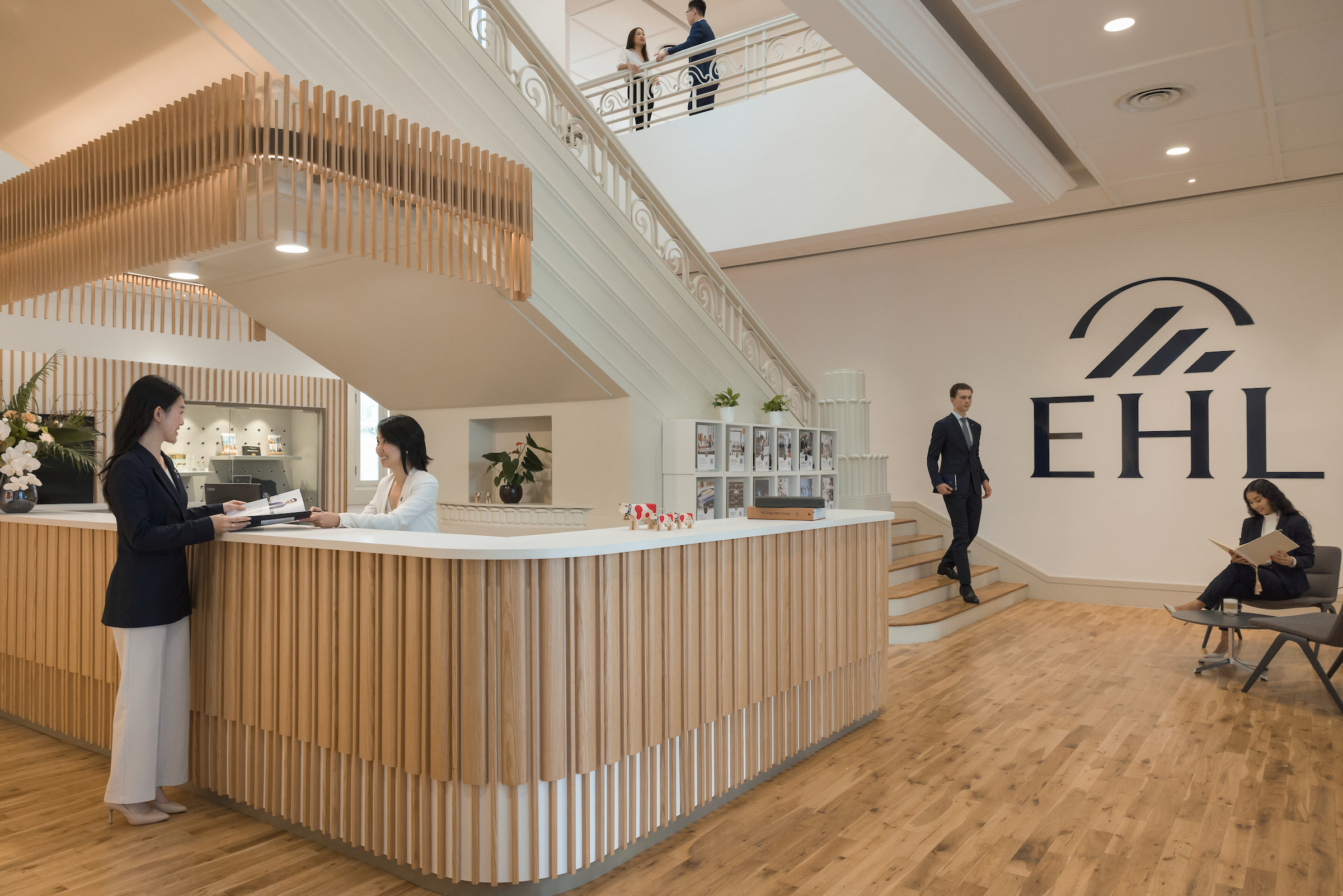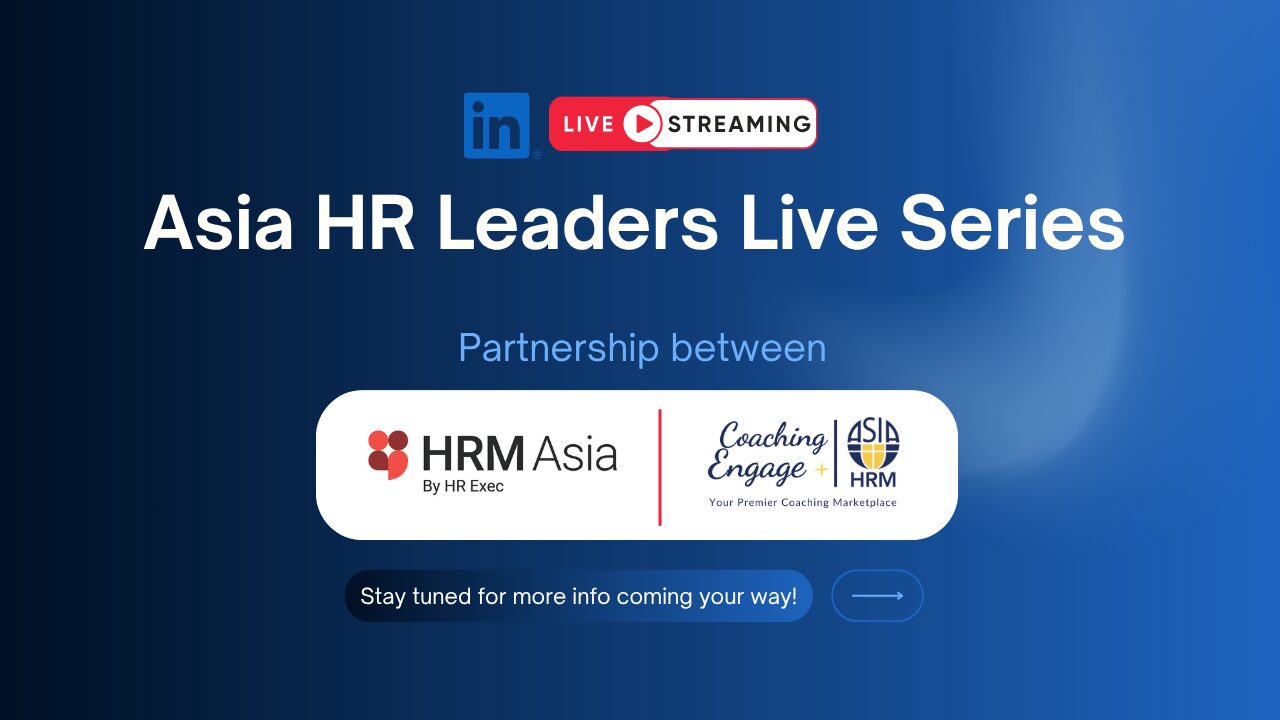The new age CHRO: Driving innovation at the intersection of IT and HR
- HRM Asia Newsroom
- Topics: Features, Home Page - Features, Leadership, Talent Management

The role of the CHRO is transforming to focus more on shaping organisational culture, fostering innovation and partnering closely with IT in innovative ways. As this critical C-suite position adapts to the demands of an AI-driven, post-pandemic business landscape, executives and industry experts offer guidance on how HR leaders can successfully navigate these changes.
“We are not an administrative function,” says Jon-Paul Ales-Barnicoat, CHRO at AliveCor, a health technology start-up. He adds that in many workplaces, CHROs are positioning themselves as “keepers of the momentum, results, inspiration, mission and values” rather than traditional HR administrators.
The CHRO legacy
This transformation is particularly evident in how modern CHROs approach their teams. Rather than managing “employees”, Ales-Barnicoat speaks of building “relationships with people who work with us.” This semantic shift represents a fundamental change in philosophy—from transactional management to relational leadership that recognises the full humanity of the workforce.
The pandemic accelerated this evolution. As Ales-Barnicoat notes, the crisis was “so disruptive for HR leaders,” forcing them to “meet people where they are” and develop new models of support and engagement. What emerged was a more adaptive, empathetic approach to leadership that has “carried over well” into the post-pandemic era.
This transformation of the CHRO role is a multi-layered endeavour, says Fawad Bajwa, Managing Director and Partner at leadership advisory firm Russell Reynolds Associates.
He finds that today’s CHROs are thinking beyond immediate operational needs to build lasting organisational legacies. They are experimenting more, pushing boundaries and taking calculated risks that were previously outside the traditional HR purview.
Modern CHROs are actively involved in identifying pain points across the organisations and developing solutions that integrate human insights with technological capabilities, according to Bajwa. He says many are joining advisory networks that include professors, experts and other C-suite leaders, creating multi-level organisational buy-in for innovative initiatives.
AI and analytics for HR leaders
The CHRO’s evolving role is especially clear in the growing use of AI and advanced analytics. Ales-Barnicoat notes that these tools give HR leaders access to workforce data that goes beyond traditional HR functions. By identifying employee strengths and capabilities at AliveCor, Ales-Barnicoat and his team have been able to uncover new market opportunities and directly contribute to business growth.
Additionally, the company’s approach to “skills mapping” and systematic talent development reflects how CHROs such as Ales-Barnicoat are using technology to create more precise, effective human development programmes.
However, successful CHROs are maintaining a crucial balance. As Ales-Barnicoat emphasises, the key is to “be thoughtful about application—keep it simple and don’t get lost in tech.” The focus remains on practical implementation that enhances rather than replaces human connection.
The most radical transformation in the CHRO role may be happening at the intersection of HR and IT. Advisor Anita Lettink recently posed a provocative question on LinkedIn about how she believes forward-thinking organisations operate: HR + IT = The Future of Work?
The answer, according to pioneering companies like Moderna, appears to be yes. According to reporting in the Wall Street Journal, Moderna’s bold decision to merge its HR and tech departments represents a reimagining of how humans and machines co-create value.
As Lettink observes, “HR is no longer just about people” and “IT is no longer just about systems.” She wrote that the real value of this collaboration is building a “business that adapts faster to the next disruption.”
This convergence challenges the traditional organisational thinking. Most companies still operate in silos where “HR builds talent and culture” while “IT builds systems and infrastructure.” But the future of work demands integration at a deeper level—not just coordinating between departments, but redesigning the actual flow of work itself.
Ryan Wong, CEO, President and Founder at people analytics platform Visier, reinforces the significance of this transformation. “This is exactly the kind of shift more organisations will need to make,” he wrote on LinkedIn. He added that using AI, Moderna can tackle complex HR questions instantly. Wong’s observation highlights how AI integration enables real-time problem-solving and decision-making that was previously impossible in traditional HR structures.
HR and IT collaboration
For today’s CHROs, this convergence raises critical questions about leadership readiness. As Lettink challenges in her post: “How comfortable are you with data, automation and AI? Could you confidently lead both people strategy and digital infrastructure?” These are not merely technical questions—they are about leadership value in an integrated digital-human workplace.
The modern CHRO role requires unprecedented collaboration across organisational boundaries. Today’s HR leaders are building cross-functional partnerships that break down traditional silos, according to Bajwa, working closely with technology leaders, sales teams and even external partners to create integrated approaches to talent management and organisational development.
READ MORE: From stage to strategy: How theatre inspires leadership and innovation in business
He says this collaborative approach extends to how CHROs think about team composition and culture. They are fostering “bleeding-edge culture” while maintaining focus and avoiding the trap of overwhelming teams with too many initiatives. The emphasis is on building “core teams of believers” who can drive innovation while maintaining organisational stability, according to Bajwa.
This can be even more complicated when the workforce is spread across the globe. The shift to distributed work has fundamentally changed how CHROs approach organisational culture and team management. Companies like AliveCor, with a mostly remote workforce spread across continents, demonstrate how modern CHROs are successfully managing global teams while maintaining strong cultural cohesion.
This global perspective requires CHROs to think systematically about how to scale organisational practices across different regions and time zones, according to Ales-Barnicoat.
He says that forward-thinking people leaders are developing new approaches to virtual team building, remote mentoring and distributed leadership development that maintain the human element while leveraging technology for connection.
The evidence points to CHROs evolving into organisational architects who design and build cultures capable of thriving in an uncertain, rapidly changing business environment. Lettink’s insight captures the magnitude of this transformation: “The next era of HR won’t be like today’s HR at all. It will be integrated, tech-savvy and central to how business gets done.” This seems to be a recognition that the essential nature of HR leadership is undergoing revolutionary change.
The transformation is not just about changing job descriptions; it is about creatively reimagining what it means to lead and develop human talent in the 21st century. As these industry leaders demonstrate, the CHROs who embrace this evolution are not just changing their own roles—they are reshaping the very nature of work itself.
In Lettink’s words, the future of CHRO represents “an organisation and leadership revolution” that will define how successful businesses operate in the decades ahead.
About the Author: Jill Barth is HR Tech Editor of HR Executive, where this article was first published.






